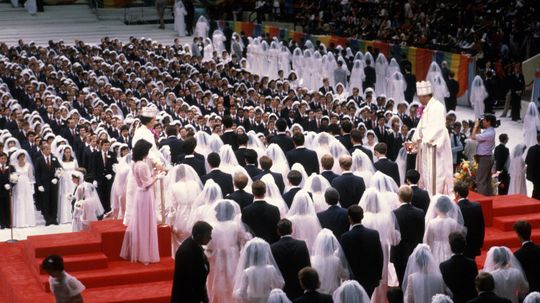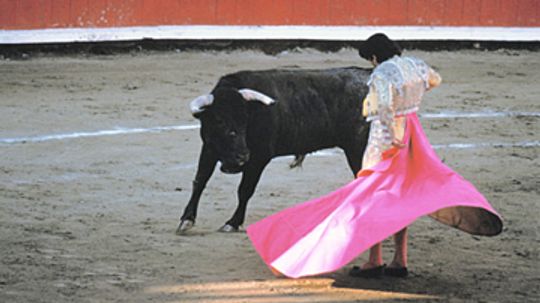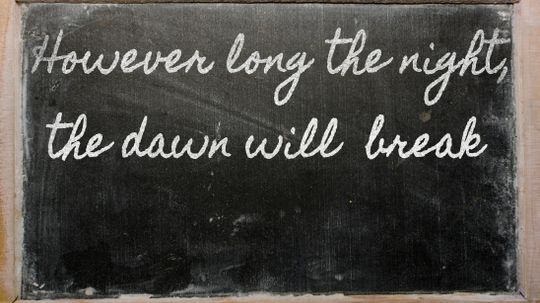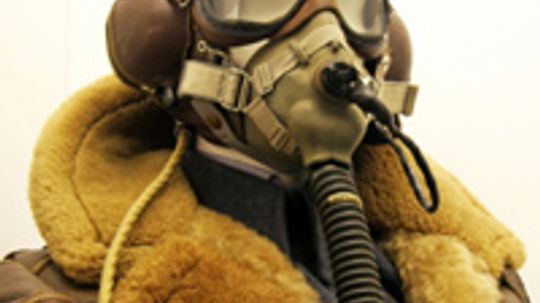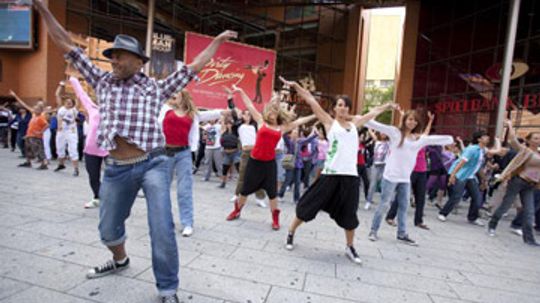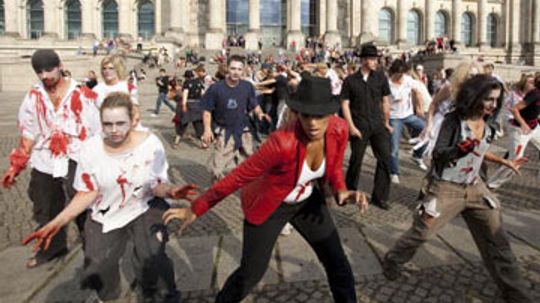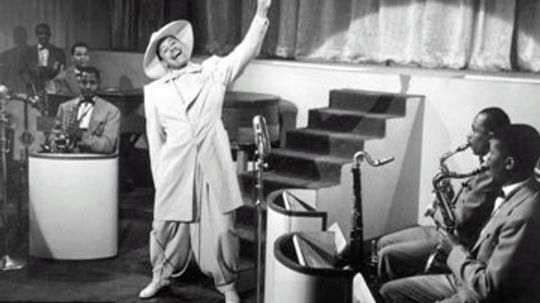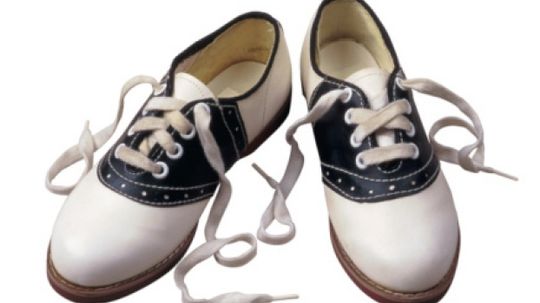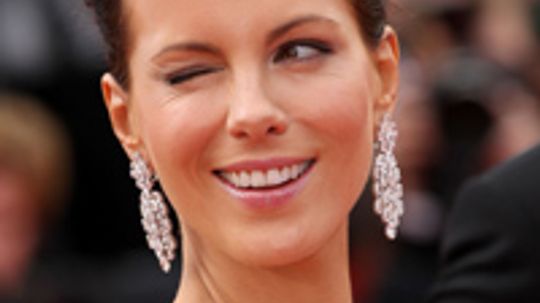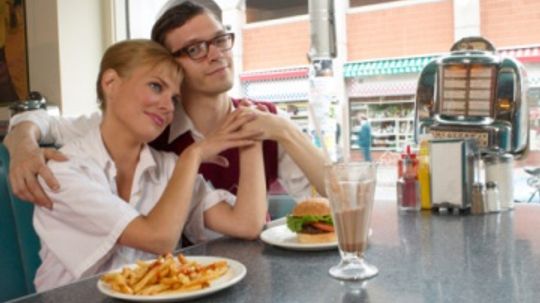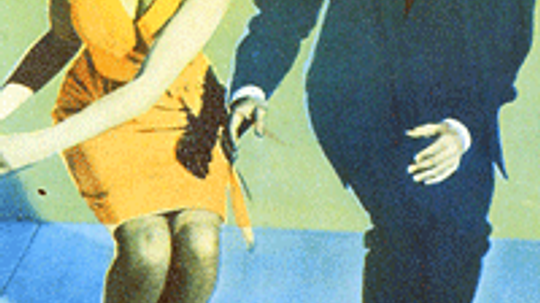Culture & Traditions
Cultures and Traditions takes a look at how people interact with each other. This might be through sub-cultures, relationships, fads or religion and spirituality.
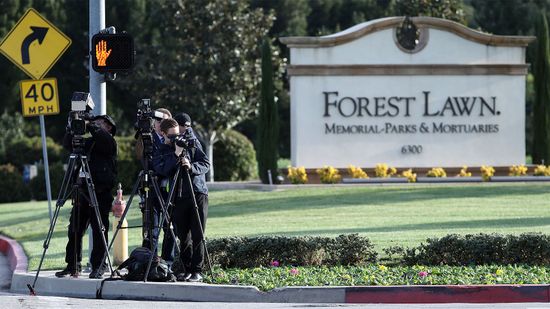
Inside LA's Forest Lawn, Where the Biggest Celebrities Rest in Peace

Is Human Composting the Greenest Burial Option?

What's With Germany's Strict Burial Regulations?

Unleashing Majestic Power: Exploring the Symbolism of Lion Tattoos
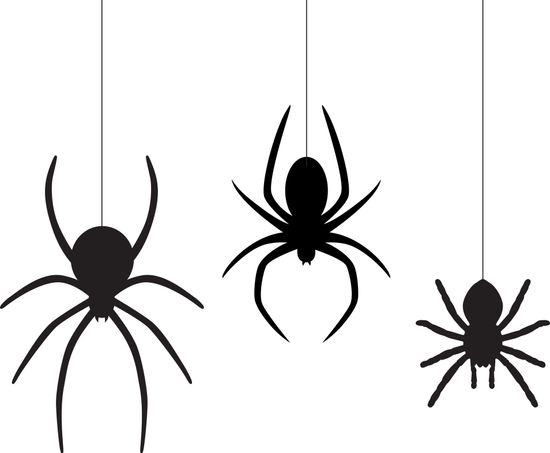
Unveiling the Profound Symbolism of Spider Tattoos
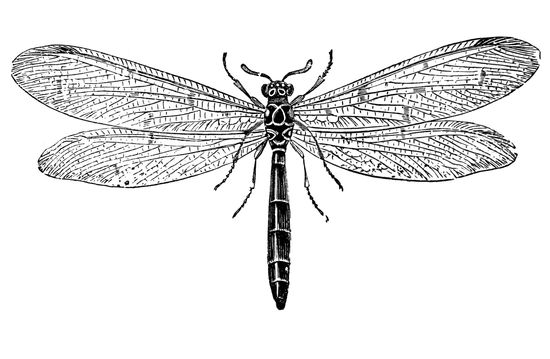
Unraveling the Symbolic Tapestry of Dragonfly Tattoos: Meanings, Designs, and Transformative Power

The 10 Weirdest Foods in the World Have Us Struggling to Finish Lunch
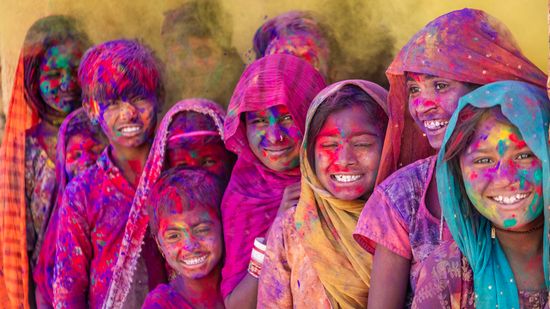
13 Indian Festivals That Celebrate Life, Love and Renewal

10 Japanese Festivals With Distinctly Different Vibes

12 Weird Words That Don't Always Mean What They Used To

5 Types of Communication You Didn't Know You're Using

The Most Common Words in English Aren't Nouns or Verbs
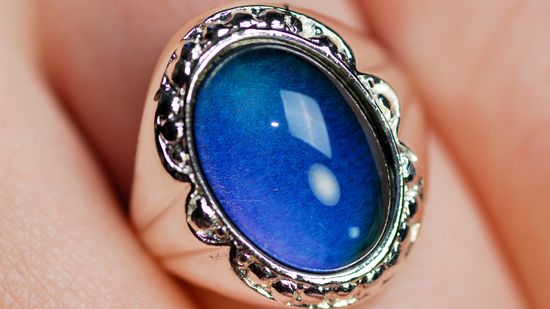
What's the Science Behind Mood Rings?
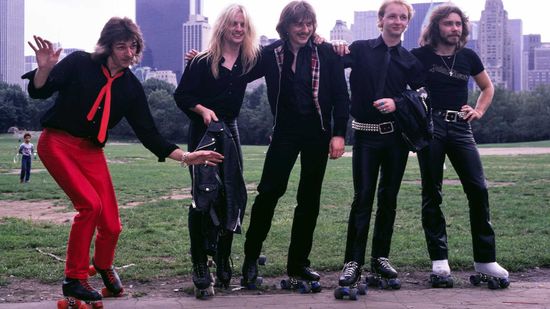
10 Things We Love to Hate About the '70s and '80s
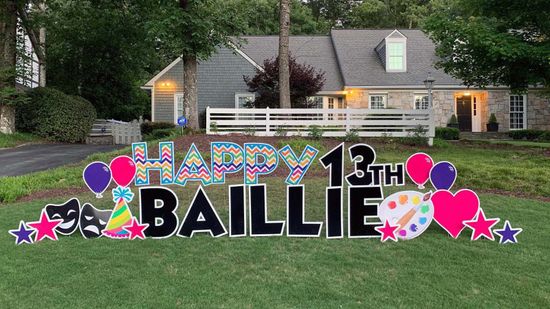
Celebratory Yard Signs Are Having a Major Moment

5 Family Traditions for New Babies

5 Family Anniversary Traditions

5 Family Traditions for Daughters

13 Types of Dragons Humans Have Dreamt Up Over Millennia

Foo Dog: A Mythical Mix of Lion and Chow Chow

Are Black Magic Spells Powerful? The Truth Behind Their Strength

20 Old Money Last Names That Scream Aristocracy

20 Most Common Surnames in the U.S. (and What They Mean)

What Are the Most and Least Popular Birthdays in the U.S.?

90s Slang You Don't See Anywhere but TikTok Anymore

7 Gen Z Characteristics to Help You Understand Zoomers
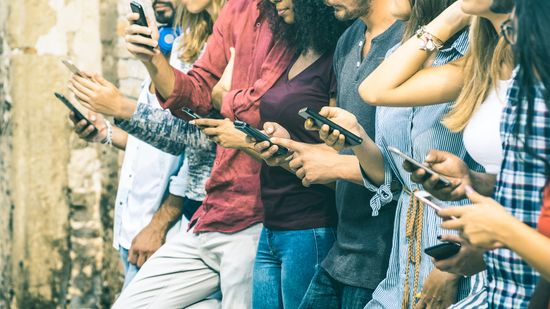
10 Millennial Characteristics to Decode a Generation

How Many Sentences Are in a Paragraph, Really?

All About Adjectives: Examples, Types and Uses

Simile Examples in Literature and Everyday Language

Russian Christmas Traditions: Jan. 7, Nativity Fast (Not Feast!) and More

Origins of Santa Claus: A Turkish Saint and American Poetry

The Origins of Christmas and a Roman Sun God's Birthday

Mexico's Flag Represents Ancient History and Everlasting Hope

5 Black-Red-Yellow Flag Designs Around the World

Which Blue and White Flag Is That? 9 Possibilities
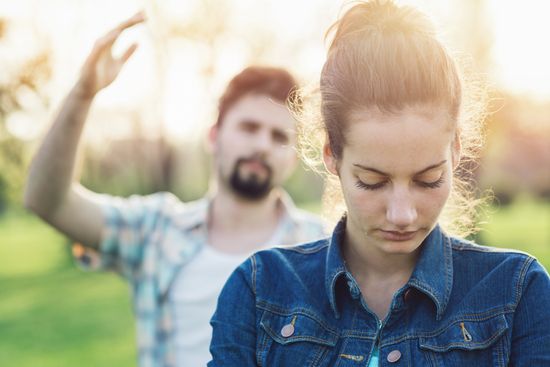
How to Tell If She’s Cheating: Common Clues and Behaviors

Signs She’s Not in Love with You – She’s Just Playing Along

7 Signs He Likes You More Than Just a Friend

The Origins of Yoga: Spirituality, Meditation, and Wholeness
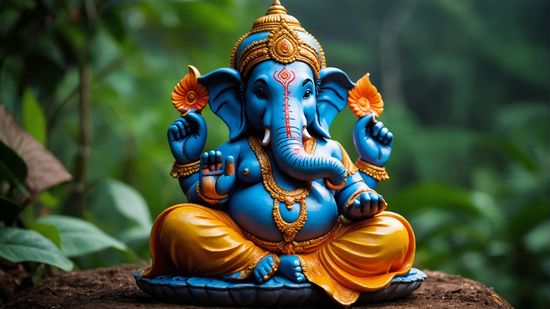
Origins of Hinduism and a Constantly Evolving Religion

The Origins of Buddhism: A Very Brief History

The Zizians: A Strange and Dangerous Techno-Cult
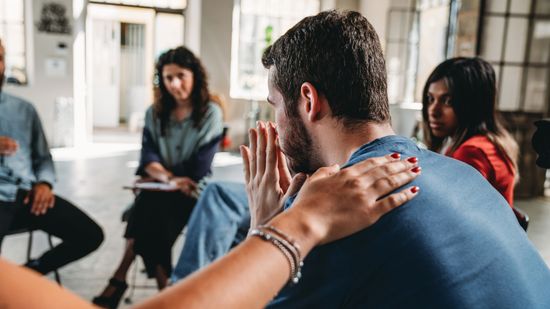
How Synanon Went From Rehab Philosophy to Violent Cult

Branch Davidians and David Koresh's End of the World
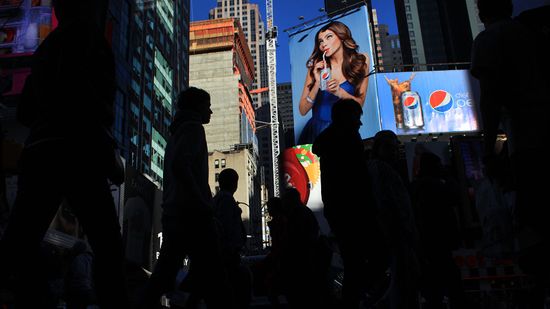
Quiz: Finish That Jingle!
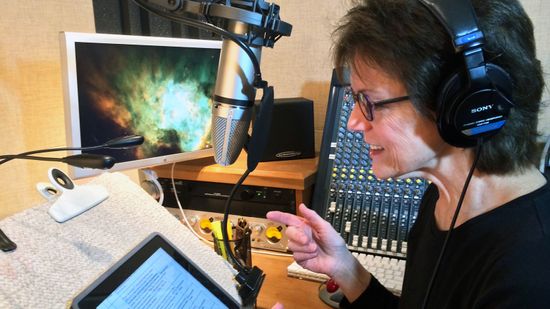
How One Woman Unexpectedly Became the Voice of Siri
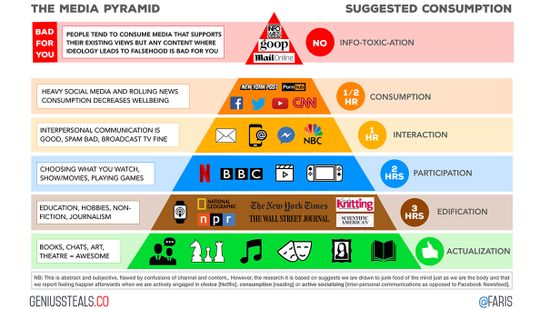
There's a Healthier Way to Consume Your Media
Learn More / Page 33
The folks at HowStuffWorks are here to help you get creative for your next Valentine's Day gift. So read on for their 10 Unexpected Valentine's Day gift ideas.
Every year, more than 20 percent of the world's population plunges into a period of feasts, festivities and fireworks in celebration of Chinese or Lunar New Year. How did this holiday get its start?
By John Kelly
Is decorating a Christmas tree part of your annual holiday traditions?
Advertisement
Even if you weren't around in the 1950s, you're probably familiar with these 10 short-lived but long-loved pieces of golden-decade pop culture.
By the Editors of Publications International, Ltd. & Matt Cunningham
Maybe you've heard about drinking the Kool-Aid or listening to The Family Jams - but what do you really know about some of the world's most infamous cults?
By Alia Hoyt & Jane McGrath
There's a community out there full of average frustrated chumps who live to sarge HBs. Have no idea what we mean? Enter the saucy world of the pickup artist.
Over its history, bullfighting has had more than its share of fans and detractors. Learn about the glitz, glory and gore of this often-misunderstood sport.
Advertisement
Commas are notoriously tricky punctuation marks, and with good reason. So how can you know if you're using them correctly? It comes down to one question: Is it essential?
By Julia Layton
Responding to invitations promptly is part of proper etiquette. Learn about what common R.S.V.P. etiquette entails from this article.
What if our most advanced technological devices all ran on diesel engines? The dieselpunk subgenre of speculative fiction looks at a world that could have been.
Unless you've been living under a rock, chances are good you've heard about flash mobs. What's the deal with these public spectacles? Who first came up with the fad?
Advertisement
Flash mobs have become entrenched in 21st century pop culture. But who "invented" them and how can you plan your own?
By Chris Warren
Flash mobs have taken on a life of their own, occurring all over the world and involving tens of thousands of participants. Which five stand out from the rest?
Zoot suits were more than just smart clothes worn by guys in the 30s and 40s. They were suits that made political and cultural statements.
By Chris Warren
Some people will do anything for PEZ -- for example, spend $13,360 on set of Will and Kate dispensers. How did PEZ become so beloved?
Advertisement
In the 1920s, a new kind of woman who defied established gender standards, the flapper, emerged. What actions, outfits and dance moves defined flapper style?
Teens of the 1940s, called bobby-soxers, were known for celebrity-worship and trend conformity, but they were more than just vapid fangirls. How did they set the tone for American teenage culture?
Marge Simpson rocks a beehive, as do the ladies of the B-52s. After more than half a century, it's a hairstyle that's still guaranteed to draw attention.
In the 1950s, hip teens put on their circle skirts or cuffed jeans, practiced their twist or bop and headed to the sock hop. How did this cultural fad take off, and why was it called a sock hop in the first place?
Advertisement
Vintage Tupperware, in all its pastel glory, has come to symbolize 1960s domesticity in the United States. But how did these still-popular plastic containers get their start?
Or you could use that goofy, flesh-colored substance to block some low-frequency sounds, clean your keyboard or, of course, copy that cool newspaper article you were reading. Stretch your brain even more in How Silly Putty Works.
The beloved hula hoop has zipped around the hips of fire dancers, video game assassins and regular folks for centuries. Step into the circle of fun with How Hula Hoops Work.
By Robert Lamb
In the 1960s, the concept of "flower power" encapsulated the hippie counterculture's peaceful response to social unrest. Who popularized this idea?
Advertisement
'Come on, baby, let's do the Twist!' That's the call heard 'round the world in 1960 when Chubby Checker's dance song hit the airwaves. But how did the simple Twist leave such an indelible impression on generations since then?
By Julia Layton
What do you get when you take a gooey, rubberlike substance and compress it under 3,500 pounds of pressure? A SuperBall! Do you know what else makes this big bouncer so super?




